Causes of Elbow Failure and Prevention Measures in Building Water Supply and Drainage Systems
2025-06-26 19:38:46
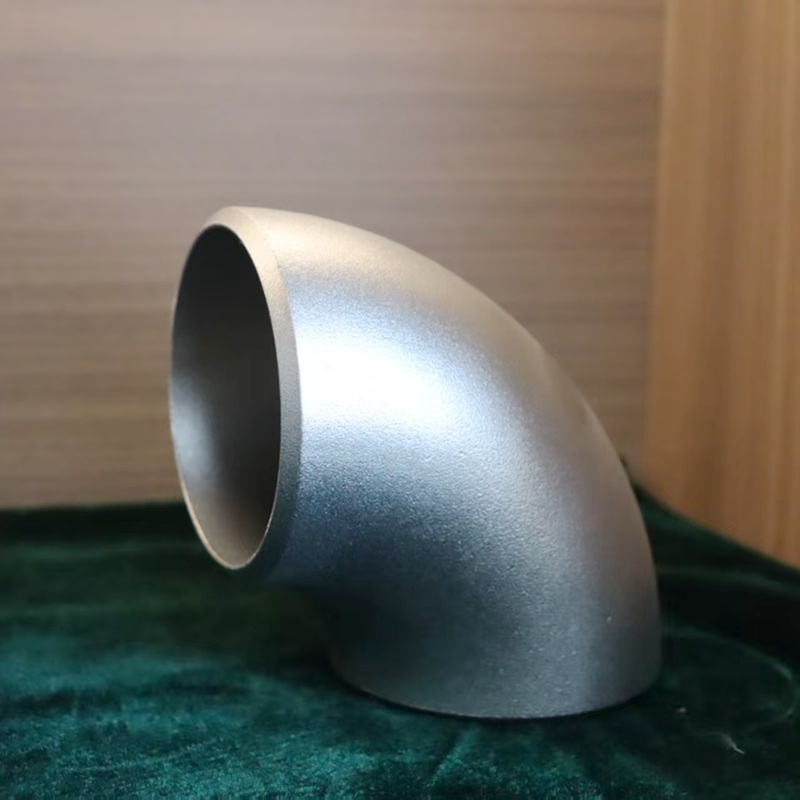
Causes of Elbow Failure and Prevention Measures in Building Water Supply and Drainage Systems
Elbows in building water supply and drainage systems are common points of stress and potential failure. Understanding the causes of elbow rupture and implementing preventive measures is essential to maintain system reliability and avoid costly repairs.
Causes of Elbow Rupture
Excessive Internal Pressure: Pressure spikes or hydraulic shocks can exceed the design limits of the elbow, causing cracks or bursts.
Poor Material Quality: Using low-quality or incompatible materials may lead to premature failure under normal operating conditions.
Corrosion and Chemical Attack: Exposure to aggressive water chemistry or contaminants can degrade the elbow material, weakening its structure.
Improper Installation: Misalignment, inadequate welding or joining techniques, and insufficient support lead to stress concentrations and fatigue.
Thermal Stress: Temperature fluctuations cause expansion and contraction, which can induce cracking if not properly managed.
Mechanical Impact: External forces such as accidental impacts, vibrations, or ground movement can physically damage elbows.
Aging and Wear: Long-term wear, especially in drainage elbows carrying abrasive particles, can thin walls and cause rupture.
Prevention Measures
Use Quality Materials: Select elbows made from corrosion-resistant and durable materials suitable for the specific water quality and system pressure.
Proper Installation: Ensure accurate alignment, correct joining methods (solvent welding, threading, or fusion), and provide adequate pipe support near elbows.
Pressure Control: Install pressure relief valves or air chambers to mitigate sudden pressure surges and water hammer effects.
Thermal Expansion Accommodation: Use expansion joints or loops and allow for thermal movement in the system design.
Corrosion Protection: Apply protective coatings or linings and maintain water chemistry within recommended limits to reduce corrosion risk.
Regular Inspection and Maintenance: P
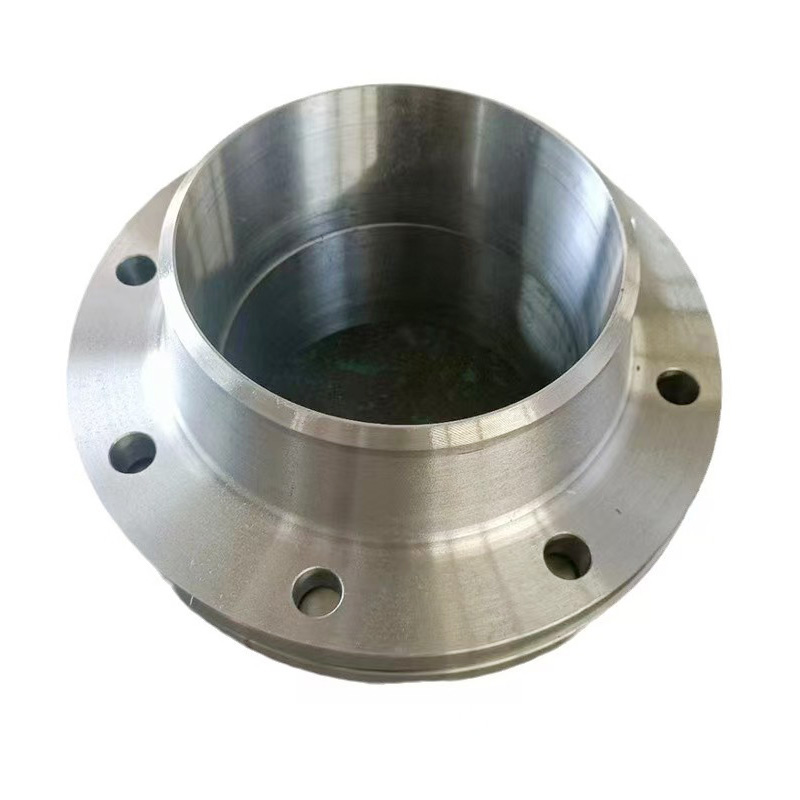
AWeld Neck Flange (WN Flange)is a type of piping flange designed to be welded to a pipe or ...
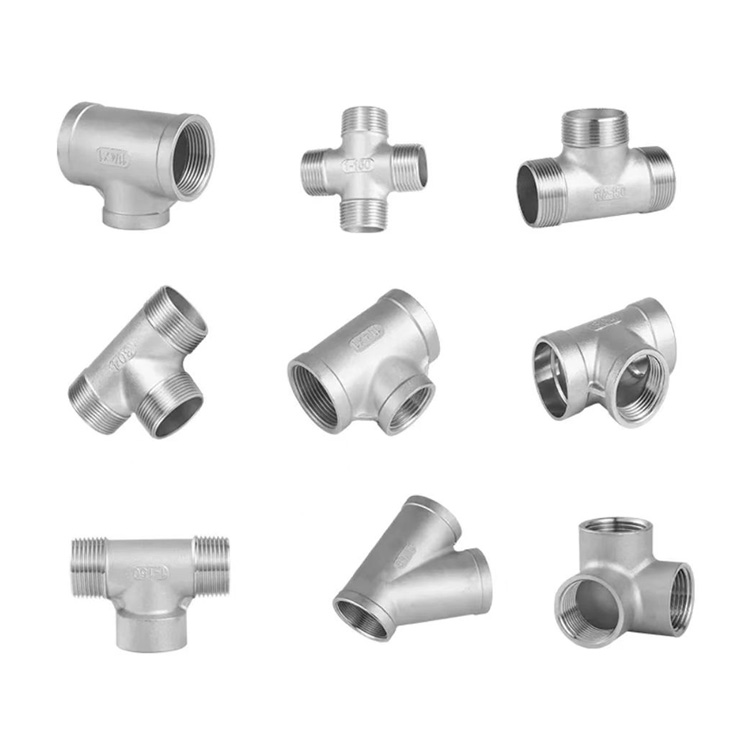
Socket fittings are essential components in piping systems, designed to connect, branch, or...
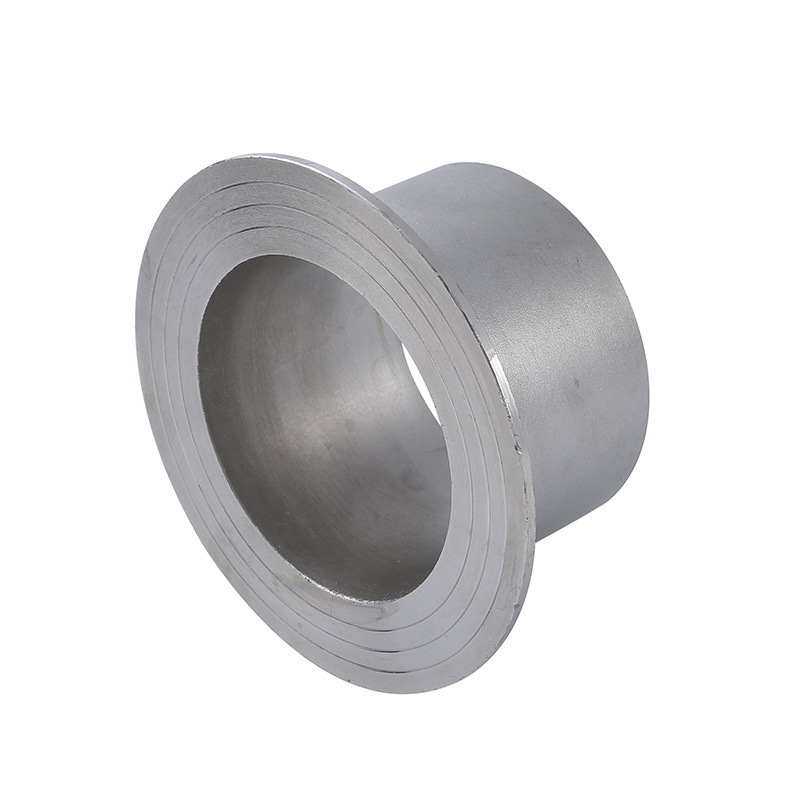
Welding ring is a commonly used metal ring component in pipeline connection or equipment do...
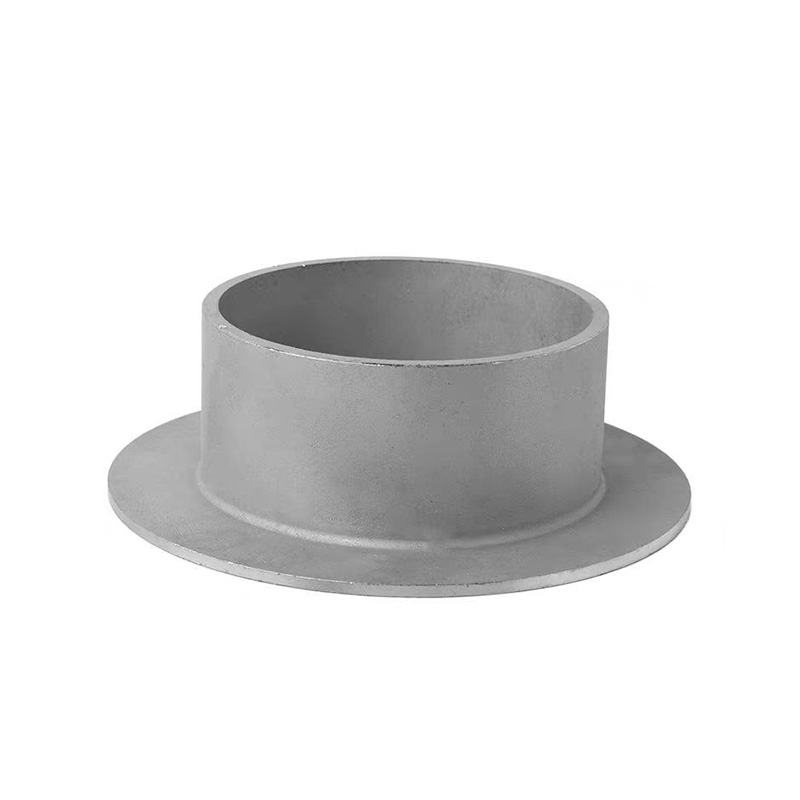
Welding ring is a pipe fitting used for pipeline connection. The following is its detailed ...






